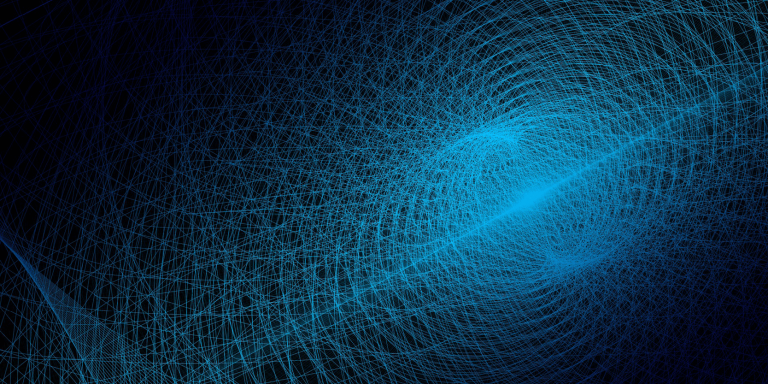
The Hubbard model is a studied model in condensed matter theory and a formidable quantum problem. A team of physicists used deep learning to condense this problem, which previously required 100,000 equations, into just four equations without sacrificing accuracy. The study, titled “Deep Learning the Functional Renormalization Group,” was published on September 21 in Physical Review Letters.
Dominique Di Sante is the lead author of this study. Since 2021, he holds the position of Assistant Professor (tenure track) at the Department of Physics and Astronomy, University of Bologna. At the same time, he is a Visiting Professor at the Center for Computational Quantum Physics (CCQ) at the Flatiron Institute, New York, as part of a Marie Sklodowska-Curie Actions (MSCA) grant that encourages, among other things, the mobility of researchers.
He and colleagues at the Flatiron Institute and other international researchers conducted the study, which has the potential to revolutionize the way scientists study systems containing many interacting electrons. In addition, if they can adapt the method to other problems, the approach could help design materials with desirable properties, such as superconductivity, or contribute to clean energy production.
Hubbard’s model
This model studied in condensed matter theory was introduced by John Hubbard in 1963. It describes fermions (usually electrons) on a lattice (usually the atoms that form a solid), which interact only when they are on the same site (i.e. on the same atom).
Using this configuration, scientists can discover how the behavior of electrons gives rise to desired phases of matter, such as superconductivity, in which electrons move through a material without resistance. The model is also used to test new methods before applying them to more complex quantum systems.
Hubbard’s model is, however, deceptively simple. While it is possible to solve it for one dimension, beyond that, there is no exact solution.
On the other hand, even for a small number of electrons and advanced computational approaches, the problem requires serious computing power. Indeed, when electrons interact, their fates can become quantum mechanically intertwined: although distant at different lattice sites, electrons cannot be treated individually, so physicists must treat all electrons at once rather than one by one. With more electrons, more entanglements appear, and the computational challenge becomes exponentially more difficult…
Renormalization group and deep learning
One way to study a quantum system is to use what is called a renormalization group. Introduced in 1963, it was mainly developed by Kenneth Wilson, who received the Nobel Prize in 1982 for his contributions. It is a complex set of transformations that demonstrates how the collective behavior observed in critical systems can result from microscopic interactions and has played a crucial role in the study of phase transitions.
Physicists use it to examine how the behavior of a system, such as the Hubbard model, changes when scientists alter properties such as temperature or examine properties at different scales. Unfortunately, a renormalization group keeps track of all the possible couplings between electrons and can contain hundreds of thousands or even millions of individual equations that must be solved.
Di Sante and his colleagues decided to use deep learning to better manage the renormalization group. Initially, the neural network creates connections within the full-size renormalization group, then adjusts the strengths of those connections until it finds a small set of equations that generates the same solution as the original renormalization group. The output of the program captured the physics of the hubbard model with only four equations.
Training the deep learning algorithm took many weeks. The good news, according to Di Sante, is that now that they have their program coached, they can adapt it to work on other problems without having to start from scratch. He and his collaborators are also studying what the machine learning actually “learns” about the system, which could provide additional information that might otherwise be difficult for physicists to decipher.
Article source:
“Deep Learning the Functional Renormalization Group.
Physical Review Letters 129, 136402 https://doi.org/10.1103
Dominique Di Sante co-authored this study with:
- Matija Medvidović, visiting scholar at QCC (graduate student at Columbia University);
- Alessandro Toschi from the TU Wien in Vienna;
- Giorgio Sangiovanni of the University of Würzburg in Germany;
- Cesare Franchini of the University of Bologna in Italy;
- Anirvan M. Sengupta, principal investigator at the QCC and the Center for Computational Mathematics;
- Andy Millis, co-director of the QCC.
Translated from L’IA permet de réduire un problème quantique de 100 000 équations à seulement 4 équations









